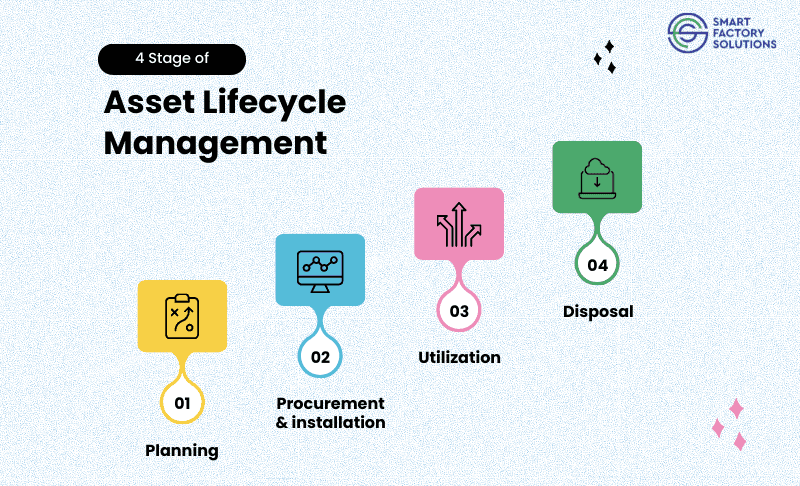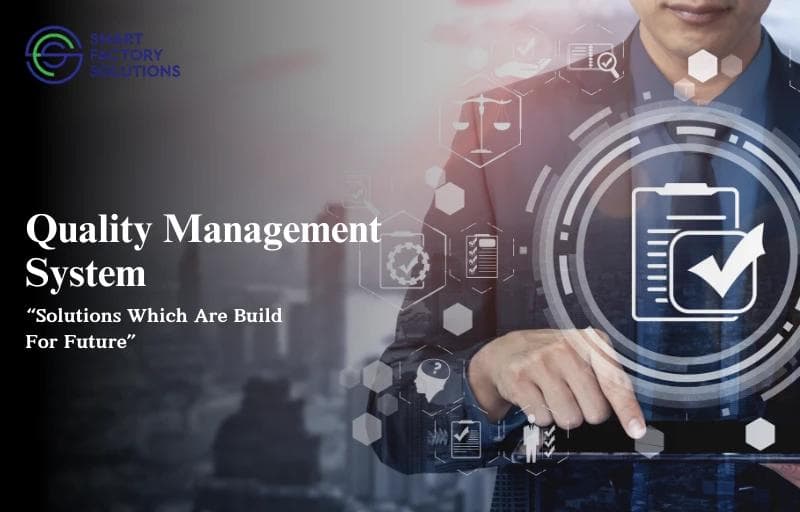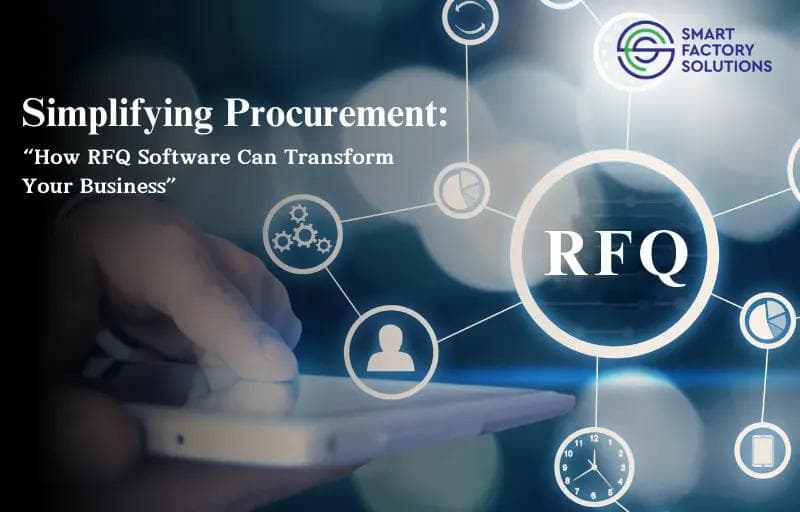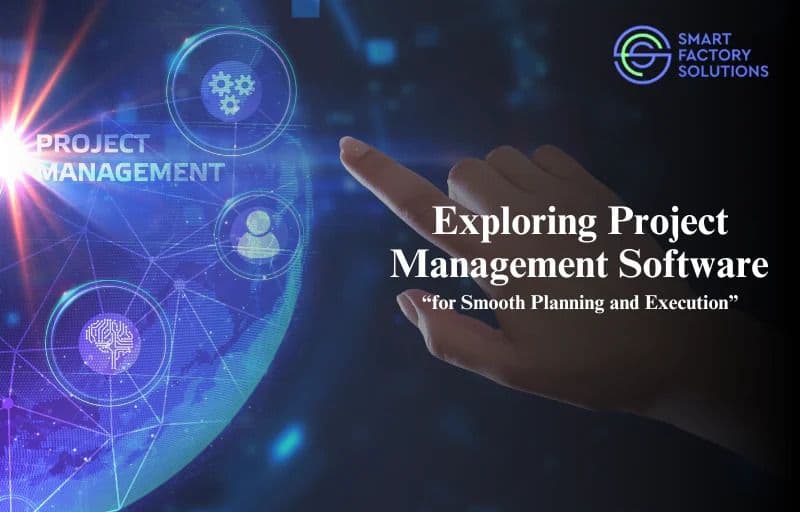Back
Asset lifecycle management: Creating a roadmap for success

Effective Asset Lifecycle Management (ALM) is a cornerstone of operational success, encompassing every stage of an asset's journey—from acquisition and deployment to maintenance, upgrade, and eventual decommissioning. Businesses can optimize asset performance, extend lifespans, and significantly reduce costs by strategically managing these stages. This comprehensive approach ensures that assets are well-maintained, efficiently utilized, and replaced at the right time, thereby minimizing downtime and maximizing productivity.
ALM's importance cannot be understated, as it plays a pivotal role in reducing operational risks, enhancing compliance with industry standards, and promoting sustainability through responsible asset disposal and recycling. The benefits of ALM are numerous: streamlined asset utilization, reduced maintenance costs, and enhanced productivity are just a few. With a solid ALM strategy, companies can also ensure better forecasting, efficient upgrades, and adherence to environmental and safety regulations.
To create a roadmap for success in ALM, organizations should embrace modern solutions that provide comprehensive asset tracking and management. These solutions, often software-based, offer real-time visibility into asset status, predictive maintenance capabilities, and detailed analytics to inform decision-making. By integrating these tools into their operations, businesses can build a robust ALM strategy that drives efficiency and cost-effectiveness.
In this blog, we'll delve into the stages of ALM, highlighting their significance, and explore the key benefits of a successful ALM approach. We'll also discuss the leading solutions that can help you create a roadmap for success, ensuring your organization's assets contribute to a more productive, sustainable, and compliant business environment.
What is an asset?
An asset is anything that a company owns and uses to generate value. Some examples of physical assets are hardware, machines, factories, and office supplies. Other examples of physical assets include production facilities, vehicle fleets, and buildings. Non-physical assets are software, intellectual property (IP), trademarks, and patents.
What is Asset lifecycle management (ALM)?
ALM is a method of strategic management that facilitates the most excellent possible value from physical assets over time. The most common strategies for maintaining assets are partitioned into four stages of the asset lifecycle.
What are the four stages of asset lifecycle management (ALM)?
Asset Lifecycle Management (ALM) is about managing assets from the beginning to the end of their useful life. There are four main stages:

1. Planning: This is when you decide if you need a new asset, like a machine or a piece of equipment. You look at how much it will cost, how long it will last, and what value it brings to the business. A valuable tool in this stage is a digital twin, which is like a computer-based model of the asset. This digital twin lets you test and predict how the asset will perform in different situations.
2. Procurement and Installation: Once you've decided to get the asset, this stage is about buying it, transporting it, and setting it up. You also figure out how it fits with the rest of your assets and how to use the data it generates for business decisions.
3. Utilization: In this stage, you focus on getting the most out of the asset. Tools like Enterprise Asset Management (EAM) software help with this. They can predict when maintenance is needed and help you plan regular check-ups to keep the asset running smoothly and prevent unexpected breakdowns.
4. Decommissioning and Asset Disposal: This is the final stage when you decide it's time to get rid of the asset. You weigh the cost of keeping it against its decreasing value. Factors like how much it costs to maintain and change fuel and spare parts costs are considered. Proper disposal practices are essential, as well as ensuring environmental regulations are followed.
These four stages are the backbone of asset lifecycle management, helping businesses maintain efficient operations while minimizing costs.
Why is asset lifecycle management (ALM) critical?
Asset Lifecycle Management (ALM) is essential because it helps businesses take care of their assets—from the moment they buy them to when they are no longer helpful. This ensures that assets, like equipment or technology, keep working well for as long as possible. When a business spends money on assets, it wants to get the most out of them, and ALM's best practices help achieve that. Here's why ALM is crucial:
1. System Scalability: With a good ALM strategy, businesses can grow and still manage their assets effectively. ALM uses advanced technology and careful planning to help businesses maintain their assets, no matter how many they have or how complicated they are.
2. Real-Time Asset Tracking and Monitoring: A well-designed ALM system allows businesses to monitor their assets in real-time. This means managers and operators can quickly understand equipment conditions and workflows, making it easier to identify and solve problems before they become serious.
3. Reduce Downtime and Maintenance Costs: ALM uses technology like the Internet of Things (IoT) and artificial intelligence (AI) to predict when assets need maintenance. This approach helps businesses fix things early, reducing unexpected downtime and saving money on maintenance costs.
4. Reduced Risk: With real-time asset tracking and improved security features, ALM helps protect assets from theft and data breaches. This added security keeps assets and sensitive information safe.
6. Improved Compliance: Asset management rules can be complicated and vary by country. A strong ALM strategy helps businesses meet compliance requirements, avoiding fines and legal issues. This ensures that companies follow regulations regardless of where they operate.
In summary, ALM is essential because it helps businesses keep their assets in good shape, save money, and stay compliant with rules and regulations. It's an intelligent way to make sure assets continue to work well and support business growth.
Asset lifecycle management benefits
Asset Lifecycle Management (ALM) offers several benefits to businesses, making it easier to manage assets effectively. Here are some key benefits of ALM:
1. Cost Savings: ALM helps businesses save money by managing assets efficiently. By keeping assets in good condition, you can reduce expenses on repairs and replacements, leading to overall cost savings.
2. Improved Efficiency: ALM helps assets run smoothly, increasing efficiency in departments like IT. When assets are appropriately managed, businesses can get the most out of them without extra effort.
3. Reduced Depreciation: Assets naturally lose value over time, but ALM can help slow down depreciation. By maintaining assets properly, you can extend their useful life and keep their value longer.
4. Longer Asset Lifespan: ALM helps businesses extend the lifespan of their assets. This is important because it allows businesses to get more use out of their investments, reducing the need for frequent replacements.
5. Enhanced Asset Utilization: ALM allows businesses to maximize the use of their assets. By tracking asset performance and ensuring timely maintenance, companies can ensure that each asset is used to its fullest potential.
6. Better Risk Management: ALM helps businesses identify and manage risks related to asset failure or obsolescence. By monitoring asset performance and planning for end-of-life stages, companies can reduce the risk of costly disruptions.
7. Improved Decision-Making: ALM provides valuable data on asset performance, costs, and maintenance history. This data can be used to make informed decisions about asset management, such as when to upgrade or replace assets.
8. Environmental Sustainability: With ALM, businesses can extend the lifespan of their assets, reducing waste and minimizing environmental impact. Proper asset management also allows companies to dispose of assets in an environmentally friendly manner when they reach the end of their lifecycle.
Asset lifecycle management solutions
Many of the current ALM best practices can only be achieved with a full-featured solution with cutting-edge technology such as the Internet of Things (IoT), AI-powered analytics, and monitoring and cloud capabilities.
Smart Asset Lifecycle Management (SmartALM) is a fully integrated platform that enables organizations to transform their maintenance processes from time-based scheduling to condition-driven, predictive maintenance based on real-time data. It has a track record of helping organizations improve asset performance, increase asset life, and reduce costs and downtime.



